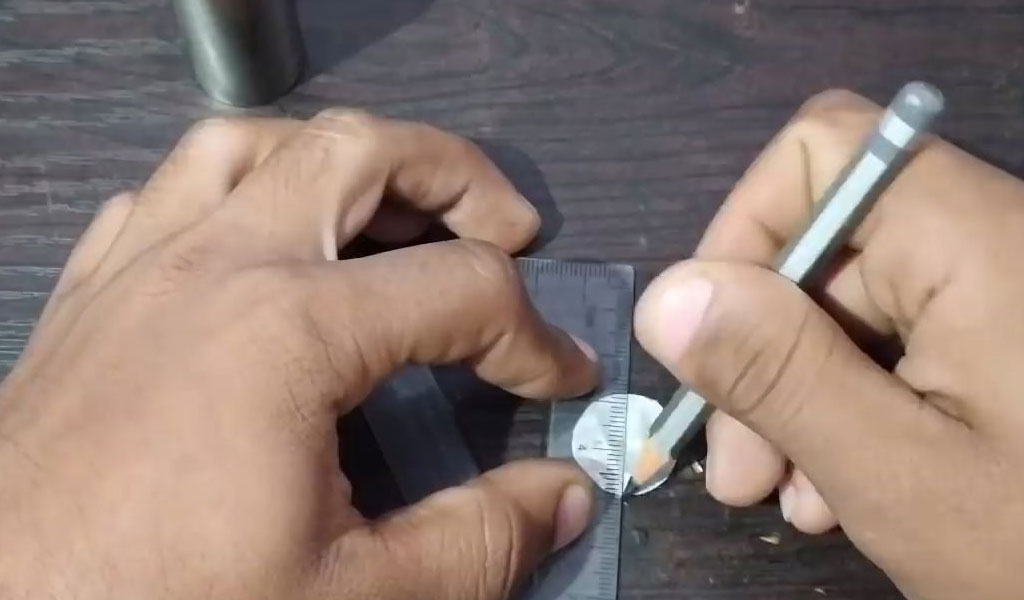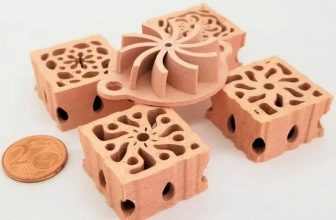
Micromechanical systems, namely microelectromechanical systems, refer to mechanical devices containing static or movable components with small structure and system size manufactured using microelectronics and precision micro manufacturing methods.
- Scale: divided into micro and small machines from 1 to 10mm;
- 1um~1mm micromachines;
- Nanomachines from 1nm to 1um.
Features:
- Miniaturization: small size, high precision and light weight.
- Stable performance and high reliability.
- Low energy consumption, high sensitivity and work efficiency.
- Integration: multi-functional and intelligent.
- Mass production, low manufacturing cost.
- Multidisciplinary intersection.
With the advancement of technology and people’s higher and higher requirements for products, micro parts and femtosecond laser cutting parts have become an indispensable part of the manufacturing industry. Micro parts are widely used in electronics, machinery, medical, aerospace and other fields, and are also the future development direction.
The Definition And Characteristics Of Micro Parts
Micro parts refer to parts with tiny size and high precision requirements, usually parts with a diameter of less than a few millimeters and precision at the micron level. Micro parts have the following characteristics:
- Small size: The size of micro parts is very small compared to ordinary parts. At the same time, due to the complex manufacturing process, the manufacturing cost is high.
- High precision: The precision of micro parts is higher than that of ordinary parts, usually reaching the micron level or even finer.
- Wide range of applications: Micro parts are widely used in electronics, machinery, medical, aerospace and other fields.
The Application Of Micro Parts
- Electronic field: Micro parts are widely used in the electronic field, such as circuit boards and battery interfaces in electronic products such as mobile phones and TVs.
- Mechanical field: Micro parts are mainly used in micro machinery, sensors and other fields in the mechanical field.
- Medical field: Micro parts are widely used in the medical field, such as micro transplant organs and other high-precision medical equipment.
- Aerospace field: Micro parts are mainly used in key technical fields such as navigation, communication, and control in the aerospace field.
Manufacturing Technology Of Micro Parts
The manufacturing technology of micro parts is very different from ordinary parts, mainly including the following aspects:
- Milling technology: Milling is one of the main processing methods of micro parts. Cutting is performed on the surface of the workpiece through tools with small tip diameters.
- Laser micromachining technology: Laser micromachining technology is a method that uses laser to process micro parts. It has the characteristics of non-contact and high precision.
- Precision molding technology: Precision molding technology is a method of using molds to produce micro parts and is suitable for mass production.
- Vacuum deposition technology: Vacuum deposition technology is a method of manufacturing thin films or coatings using deposition technology under vacuum, and is suitable for manufacturing microelectronic parts.
The Future Of Micro Parts
In the future, micro parts will become an important development direction of the manufacturing industry. As people’s requirements for product accuracy increase, micro parts will be used in more fields. At the same time, the manufacturing technology of micro parts will continue to advance, and manufacturing costs will be further reduced.
In the future, with the development of robots, 5G and other technologies, picosecond laser cutting parts will play a more important role in intelligent manufacturing, automated production and other fields. It is believed that in the near future, micro parts will become the mainstream technology in the manufacturing industry and promote technological innovation and development in various fields.
In summary, micro parts are an important part of future manufacturing technology and have broad application prospects and market potential. In the future, with the continuous advancement of manufacturing technology, the application scope and manufacturing cost of micro parts will be further improved, thereby promoting the development of the entire manufacturing industry.





